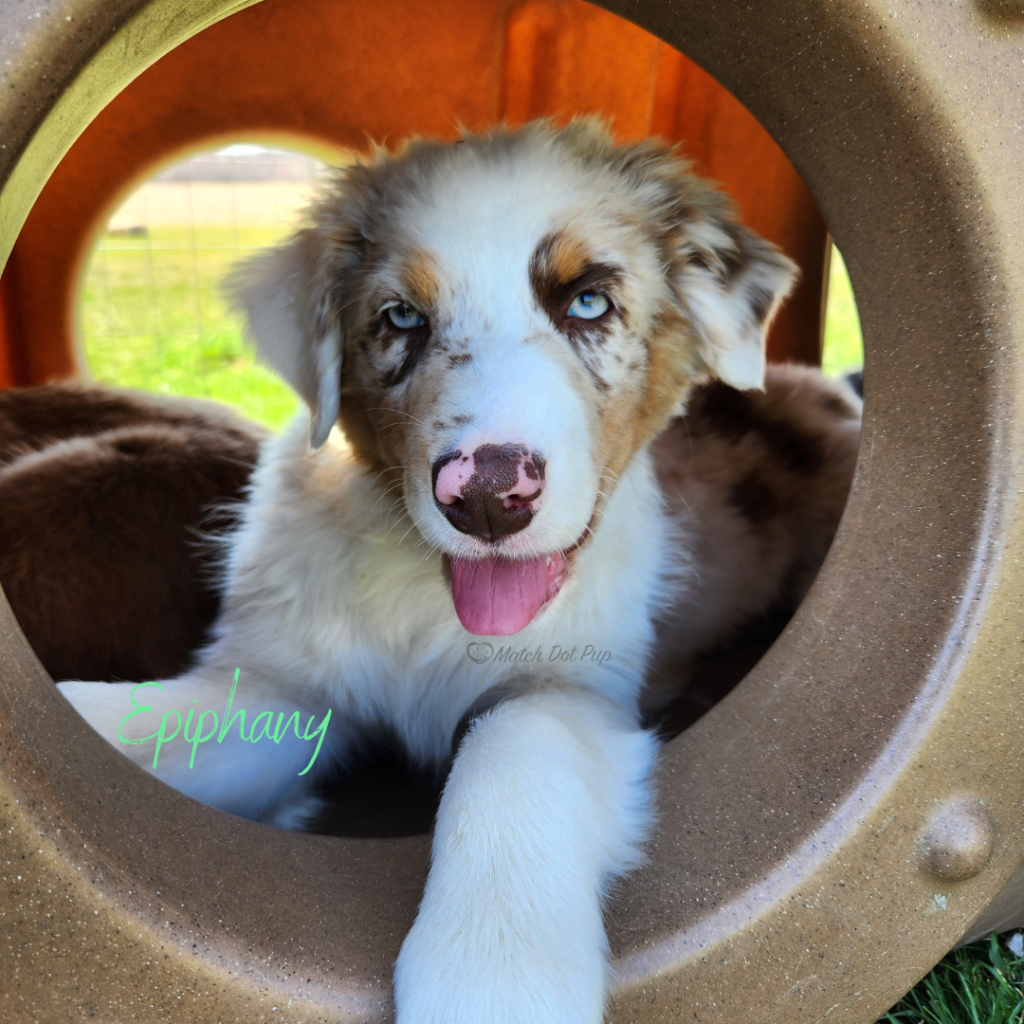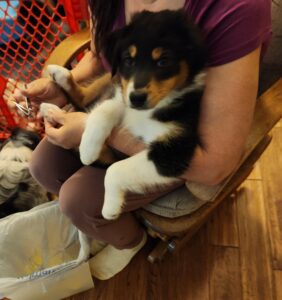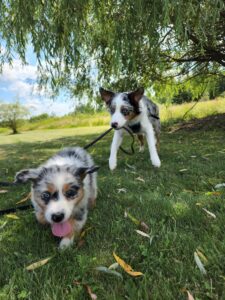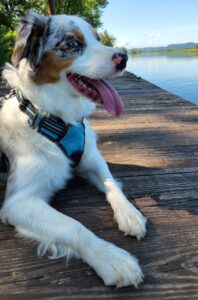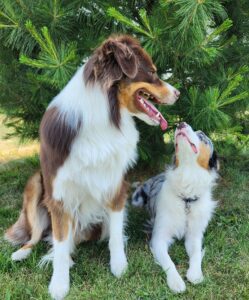Relaxed and Friendly Signals
A relaxed dog shows “loose” body language, indicating comfort and ease. Key signs include:
- Ears: Neutral or forward position, showing attentiveness.
- Eyes: Soft, not fixed or staring, indicating calmness.
- Mouth: Relaxed, not clenched, often slightly open or panting.
- Tail: Neutral position or wagging widely from side to side.
- Body: Loose and wiggly, with an open and relaxed posture.
When a dog displays these signals, they are ready to greet and make friends. If they move or lean toward a person, they are comfortable with the interaction. Additional friendly behaviors include a wiggling bottom and loosely moving body.
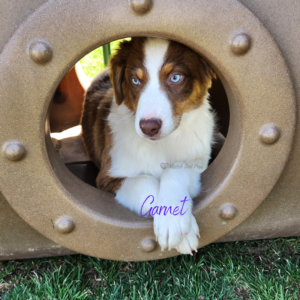
Attentive Dog Body Language
An alert dog is assessing their surroundings. Key signs include:
- Ears: Perked up and forward, showing interest.
- Eyes: Wide open and focused, with a neutral, relaxed forehead.
- Mouth: Closed without tension, ready to react.
- Tail: Even with the spine, possibly wagging slightly.
- Body: Even weight distribution, in a “ready” position as they determine their next steps.
Dogs can show attentiveness in various contexts, such as during training or when assessing potential threats. Raised hair along the back can also indicate heightened attentiveness.
Recognizing Fearful and Stressed Signals
Early recognition of fearful signs can prevent escalation to aggression. Key signs include:
- Ears: Flattened and positioned backward, indicating fear.
- Eyes: Wide open, showing whites (whale eye), indicating anxiety.
- Mouth: Tightly closed or panting without a temperature change.
- Tail: Tucked under the body, showing submission.
- Body: Stiff, low posture, possibly shedding more than usual.
Subtle signs of fear include lip licking, facial tension, and raised hair. Calming signals like yawning, turning away, and freezing indicate stress. Address these signs promptly to prevent behavior problems.
Signs of Discomfort and Needing Space
When a dog is uncomfortable, they show stress signals indicating the need for space. Key signs include:
- Tail: Lower than the spine or high over the back, signaling discomfort.
- Paws: Lifted paw indicates uncertainty.
- Eyes: Dilated pupils, avoiding eye contact, showing stress.
- Body: Stiff posture, avoiding physical contact, or hiding behind you.
To help a stressed dog, move between them and the person, explain their need for space, and use treats to build trust. Have the person toss treats to your dog to help build trust while maintaining a few feet of distance.
Tail-Wagging and Raised Hackles
Tail-wagging and raised hackles can be misinterpreted. Key points include:
- Tail-Wagging: Speed, direction, and position matter. Slow, sweeping wags indicate relaxation, while fast, twitch-like wags indicate high arousal. A high tail suggests confidence; a low or tucked tail indicates fear or stress. Helicopter tail wags, where the tail spins in a circle, usually indicate happiness.
- Raised Hackles: Indicates arousal, not necessarily negative. It can signify stress, excitement, or intense interest. Piloerection (raised hair) can be an involuntary reaction, similar to goosebumps in humans.
Interpreting Posture and Facial Expressions
A dog’s posture and facial expressions reveal much about their mood. Key signs include:
- Posture: Cowering indicates fear, while forward-leaning shows interest or offensive intentions. A play bow, with the chest on the ground and rump in the air, signals the desire to play. A raised paw often indicates uncertainty.
- Facial Expressions: Yawning, lip-licking, and smiling can indicate stress rather than tiredness or happiness. Soft eyes suggest calmness, while hard eyes indicate a negative state of mind. Whale eye signals anxiety or stress. Dogs may also use facial expressions to appease, such as the “submissive grin,” where they pull back their lips to expose their front teeth in a non-threatening manner.
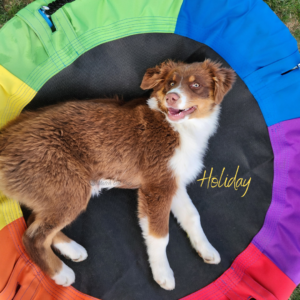
Conclusion
Understanding your dog’s body language involves considering all signals in context. By understanding your dog’s physical cues, you can build a deeper bond, anticipate their needs, and ensure a harmonious relationship. Your dog is constantly communicating with you, and learning their language is key to a happy and healthy life together. Pay attention to their ears, eyes, mouth, tail, and overall posture to understand their emotions and intentions, and respond accordingly to foster a positive and trusting relationship

